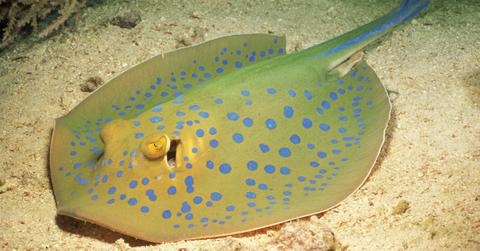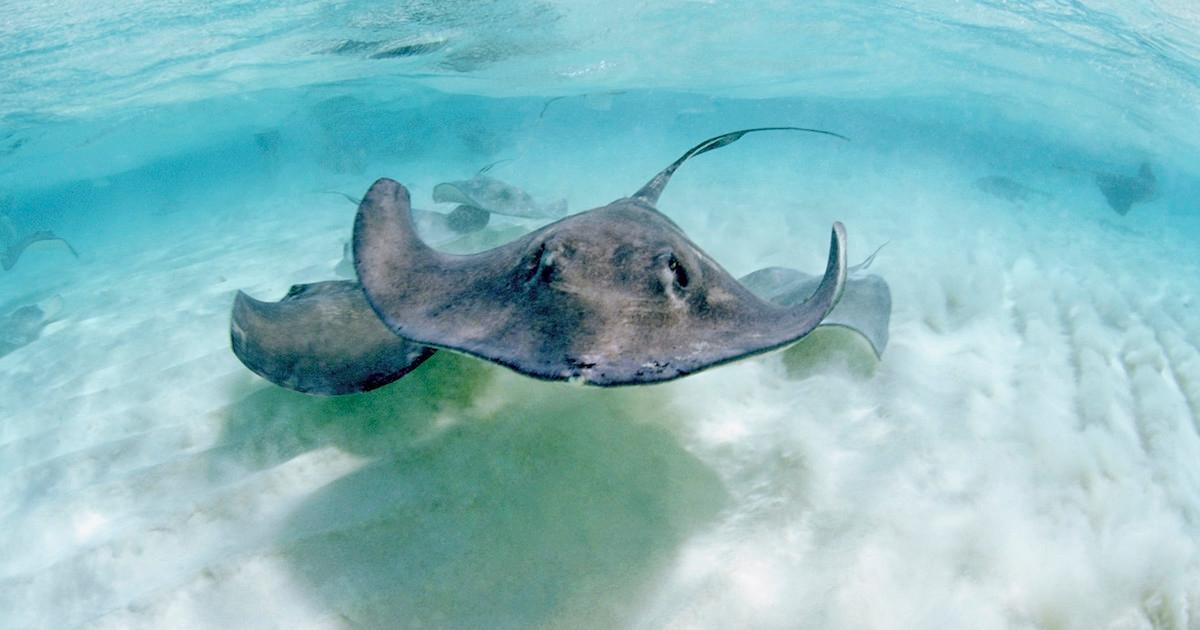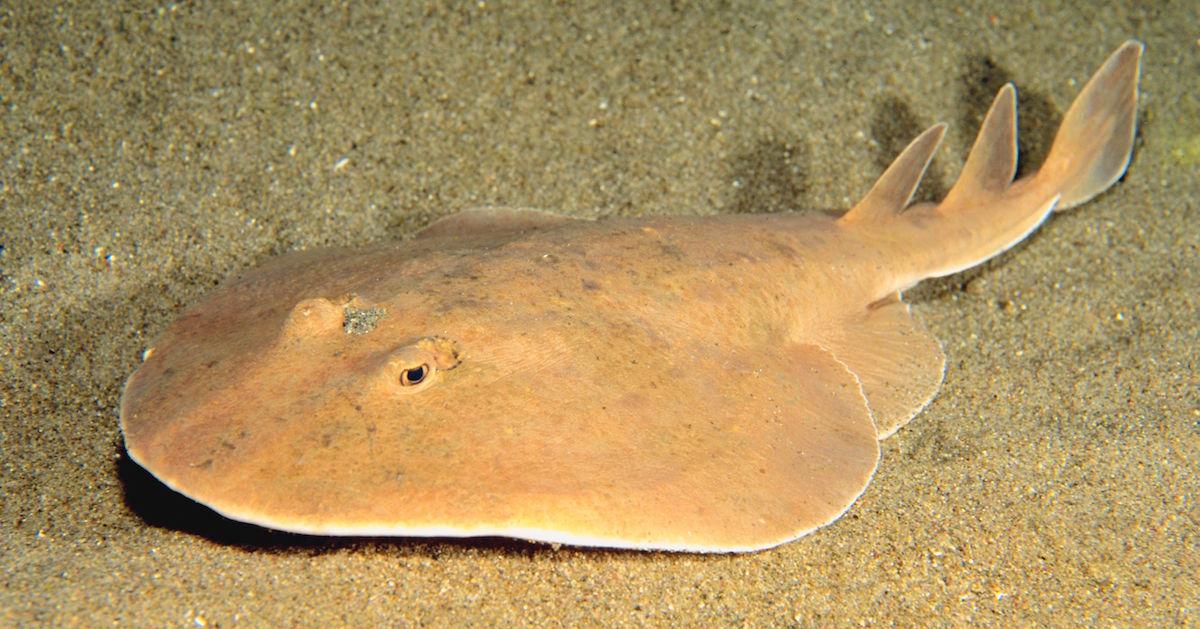So, You've Been Stung by a Stingray — What Happens Next?
Published June 14 2021, 12:38 p.m. ET

Stingrays are unique, winged fishes that are closely related to sharks, soaring about in shallow coastal waters or floating just below the surface of an aquarium touch pool. Armed with a barbed and wicked-looking stinger, stingrays are a common source of beachgoer injury. Many claim that they are even responsible for the death of beloved animal icon, Steve Irwin.
But what usually happens when a stingray stings you is quite different than what happened to the Crocodile Hunter.

What happens when a stingray stings you?
First, you’re likely to feel extreme pain. According to Very Well Health, that pain can last as long as two days and be accompanied by a bevy of additional symptoms including bleeding, inflammation, redness, or blue coloration at the wound site. Some also experience dizziness, muscle cramps, or weakness. Rare cases have seen victims exhibit seizures, low blood pressure, and pulse irregularity as well.
Very Well Health reports that approximately 1,500 stingray stings happen in the U.S. each year and most of those occur in places like Florida or California, where there are warm, coastal waters. Common injuries usually occur when the stingray is accidentally stepped on, so wounds tend to be on the feet and legs. Fishermen, however, tend to get stung on the arms as they reach into nets to excise the stingray.

Why do stingrays sting?
Stingrays have long, thin tails that are tapered at the edge to look like a whip. These tails are tipped with barbed spines covered by a sheath. Hidden, barbed spines would be enough for most creatures, but not the stingray. They had to up the ante by also including venom, which grants the cantankerous little rays a painful, powerful sting.
In general, stingrays prefer not to sting if they can help it. Stingrays aren’t combative by nature and would rather flee from a fight than risk a sting. According to Healthline, they only sting when they are disturbed, manhandled, or stepped on by unwary swimmers. Even then, they try to float away before their victim can conduct any sort of retaliation.
How to avoid being stung:
Most experts agree that it’s best to shuffle you're feet as you wade into the water, to alert a stingray you're coming. Making a racket of any kind will usually cause them to scurry off, but anything can happen.

What to do if a stingray stings you:
According to eMedicineHealth, treating a stingray sting is fairly uncomplicated, but that doesn’t mean that it’s painless. The steps are as follows: First, flush the wound with fresh water and if possible, soak the wound in water as hot as the person can tolerate. Next, if the stinger or stingers are still present, carefully excise them with tweezers.
When the stingers are out, scrub the wound with soap and more fresh water. If bleeding, apply pressure until it stops. Do not cover or attempt to stitch the wound yourself, but if there are any signs of infection like redness, heat, or swelling, make sure to contact a doctor.
Either way, though, be sure to contact a doctor, as they might suggest antibiotic ointment to prevent infection. Most stingray encounters are rarely fatal, though — they're just painful.